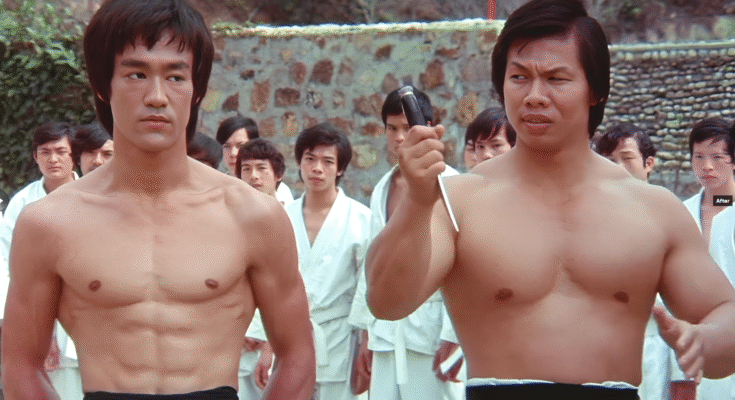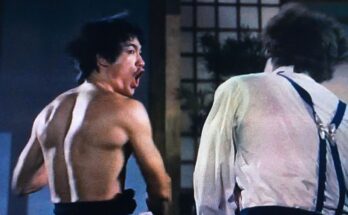Bruce Lee Spy Mission At Han’s Evil Kung Fu Tournament – Martial Arts Action Packed Movie Recap

Bruce Lee – The Dragon Who Changed the World
Bruce Lee wasn’t just a martial artist—he was a cultural revolution. Born on November 27, 1940, in San Francisco and raised in Hong Kong, Bruce Lee became one of the most influential figures in martial arts history and modern cinema. His impact went beyond the screen; he transformed the way the world viewed martial arts, Asians in film, and physical and mental discipline.
The Early Years
Bruce started acting as a child in Hong Kong films, but his true passion lay in martial arts. He trained in Wing Chun under the legendary Ip Man. Later, when he moved to the U.S., he began teaching martial arts and blending various styles, eventually creating his own philosophy—Jeet Kune Do, or “The Way of the Intercepting Fist.” It focused on speed, efficiency, and adapting to any situation—an early concept of mixed martial arts.
Breaking Barriers in Hollywood
At a time when Asian actors were often stereotyped or sidelined, Bruce Lee broke through with his charisma, intelligence, and unmatched physical ability. He first appeared on American television in The Green Hornet (1966–67) as Kato, but his big break came when he returned to Hong Kong.
His films—The Big Boss (1971), Fist of Fury (1972), Way of the Dragon (1972), and the legendary Enter the Dragon (1973)—became global hits. These movies showcased not just martial arts, but Bruce’s philosophy of self-expression, personal growth, and inner strength.
A Philosopher in Motion
Bruce Lee wasn’t just about fighting. He studied philosophy and psychology, and his writings reveal a deep thinker. Quotes like “Be water, my friend” show his belief in flexibility, calmness, and adapting to life’s challenges. He viewed martial arts as a path to personal evolution—not just self-defense.



